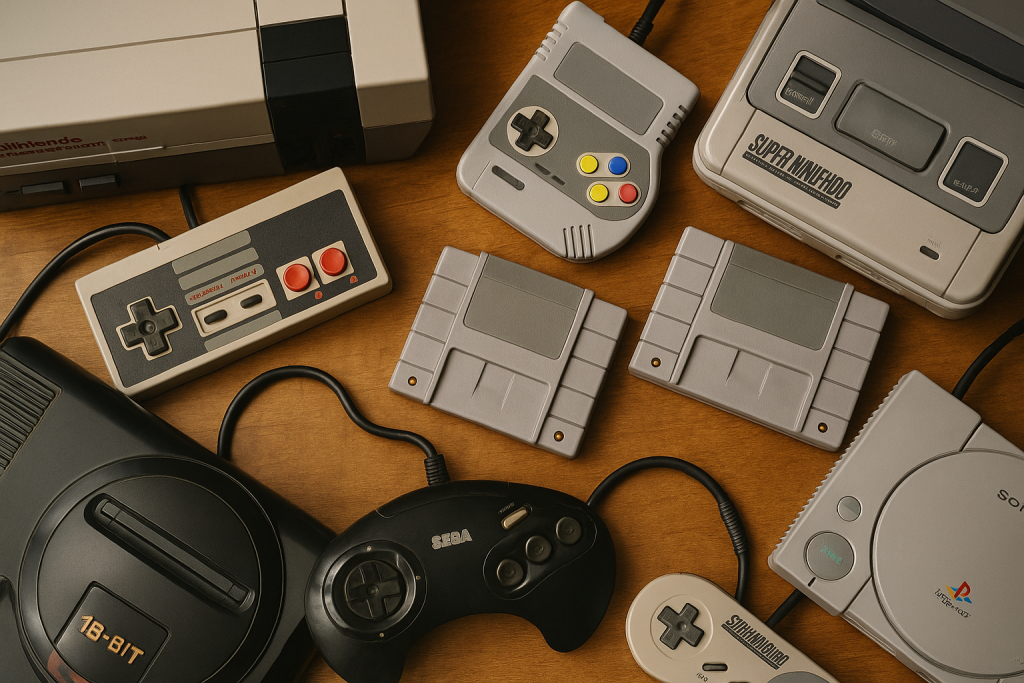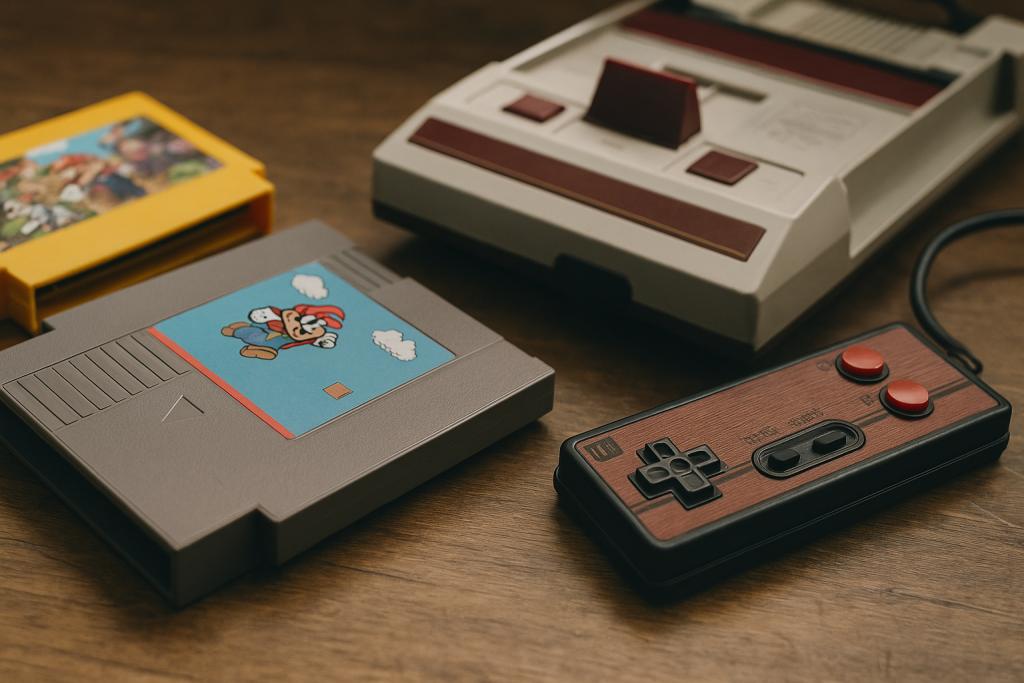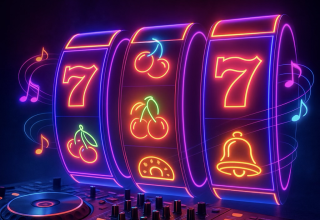Discover why classic games continue to generate huge sales in 2025 as developers revive nostalgic favorites with modern upgrades and global appeal
Old Titles Still Sell: Why Retro Gaming Comebacks
The return of retro gaming isn’t just nostalgia — it’s business done right. While modern blockbusters burn millions in marketing, the comeback of 8-bit and 16-bit legends shows that the past still pays. From arcade classics to 1990s hits, gamers are proving that emotion sells as strongly as pixels. Platforms that once hosted sprawling online events — like https://sa.1xbet.com/en/registration — have also caught this wave, recognizing that classic titles bring people together through shared memories and competition. The success of retro reboots lies in something timeless: emotion, accessibility, and the joy of simple mechanics paired with updated tech. Today’s gaming world doesn’t just live in the future; it profits from the past.

Culture, Emotion, and the Power of Shared Memory
People don’t replay old games just for fun — they relive stories that shaped their imagination. Retro gaming has become cultural heritage. Vintage titles are now studied, collected, and displayed in digital museums.
| Emotional Driver | Effect on Players |
| Familiar soundtracks | Creates instant recognition and comfort |
| Pixel art style | Evokes authenticity and simplicity |
| Shared childhood experience | Builds online communities |
| Replayability | Reinforces emotional connection |
| Retro titles aren’t just selling software — they’re selling memories that never truly faded. |
Why Developers Keep Returning to the Past
Developers understand that nostalgia is low-risk and high-return. When the market floods with big, unpredictable projects, an established brand feels like safe ground. Many studios now dedicate full teams to heritage IPs (intellectual properties). A few reasons stand out:
- Established fan base – Millions of players already familiar with the story or characters.
- Lower risk – Proven formulas require fewer test cycles and smaller budgets.
- Emotional marketing – Ads for reboots sell feelings, not features, creating stronger engagement.
Retro games also benefit from fan-driven communities. Modders expand content for old titles, while social media revives cult followings. Revivals often lead to crossover products — collectibles, streaming events, and esports-style tournaments based on retro themes. For developers and marketers, that’s long-tail income disguised as cultural celebration.
The Modern Retro Business Model
The monetization structure of old-new hybrids has become an art form. Remasters, mini-consoles, and subscription services transform nostalgia into recurring revenue. Nintendo’s Switch Online library grew by 60% after adding classic titles. Sony’s PlayStation Plus Premium subscriptions increased when PS1 and PS2 titles were added. Limited-run physical reprints now sell out in minutes, appealing to collectors. Retro gaming has also merged with streaming culture.
| Platform Type | Example | Revenue Trend 2020–2025 |
| Subscription Library | Nintendo Switch Online | +60% growth |
| Limited Physical Editions | Limited Run Games | +45% |
| Cloud Gaming Retro Service | Antstream Arcade | +75% |
This hybrid model — old games, new delivery — ensures that nostalgia remains profitable in the long term.
When Simplicity Beats Complexity
Modern games can be overwhelming. Gigabytes of patches, complex controls, and massive worlds sometimes exhaust players. Retro titles offer an escape — quick fun without friction. Their core gameplay loop is addictive because it’s easy to start and hard to master. That simplicity keeps engagement rates high. A study by Newzoo found that players spend 22% more time weekly on classic games compared to new AAA releases. People enjoy predictability after a day of information overload. Retro games also fit today’s shorter attention spans. Their design philosophy — straightforward goals and instant rewards — mirrors mobile app logic, making them relevant to a digital-native audience.
A Generational Bridge: Retro Meets Gen Z
Interestingly, the audience driving retro sales isn’t only those who played the originals. Gen Z, raised on streaming and smartphones, finds novelty in what their parents once loved. For them, retro titles feel “authentic” in a world saturated by sequels. Modern platforms have made it easy to discover and purchase old games legally. .

The Future of Retro Gaming: A Safe Bet with Emotional ROI
In financial terms, retro gaming is now part of the “heritage entertainment economy,” where history fuels innovation. For developers, investors, and fans, it’s a win-win model: low risk, strong emotion, consistent demand. Retro’s staying power proves one thing — in entertainment, time doesn’t devalue art; it multiplies its worth.
| Factor | Description |
| Nostalgia | The emotional engine driving retro game sales |
| Technology | Modern tools enhance and preserve classic gameplay |
| Accessibility | Streaming and digital stores expand the audience |
| Business Potential | High ROI with minimal production cost |
Staying Power of the Past
Old titles remind us that trends fade, but emotions endure. Every generation rediscovers the games that defined another. As long as technology continues to preserve and enhance nostalgia, retro gaming will remain a cornerstone of entertainment — both emotionally and commercially. In an industry obsessed with the next big thing, retro shows that sometimes, the best future is built on the past.






